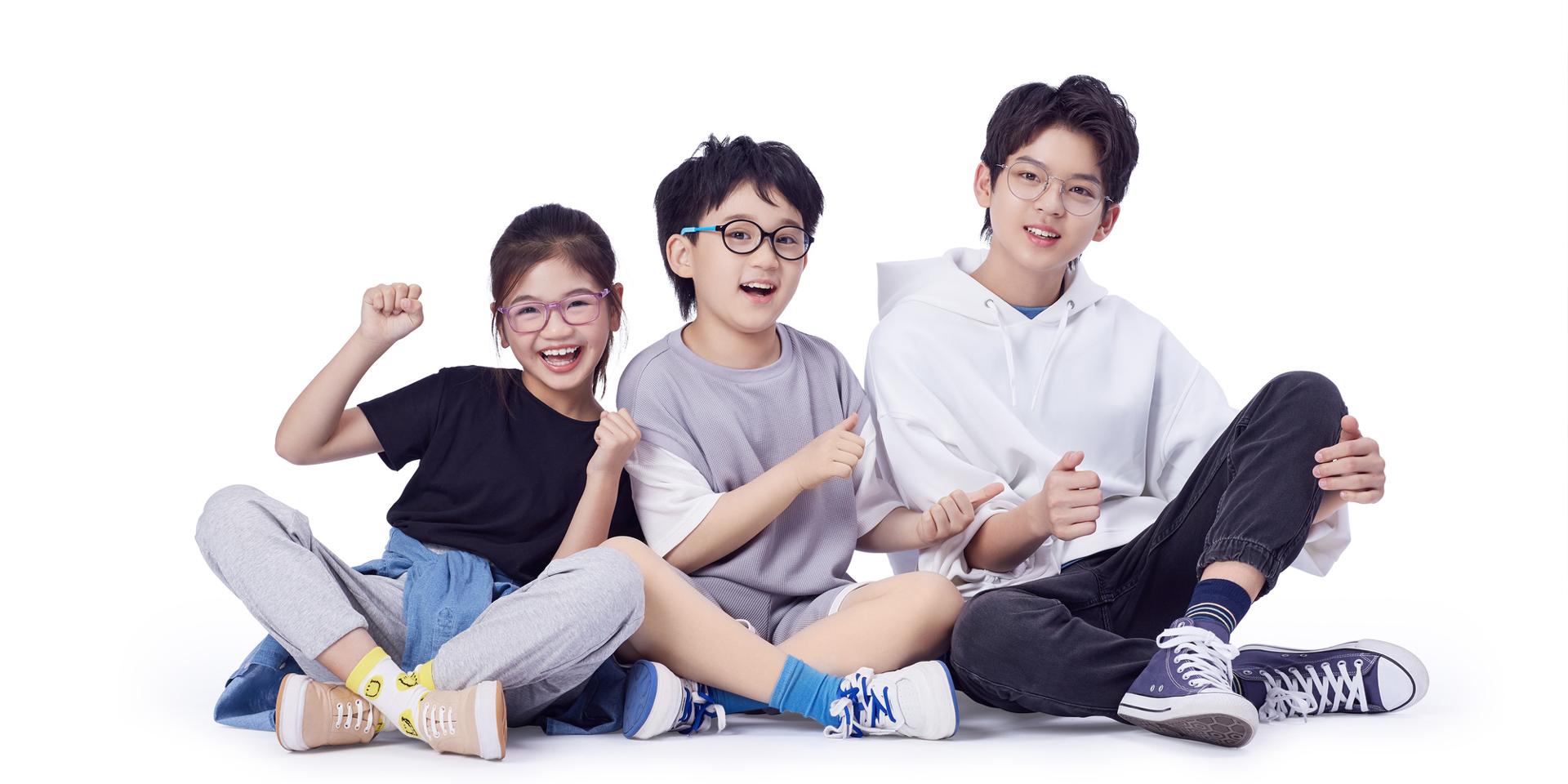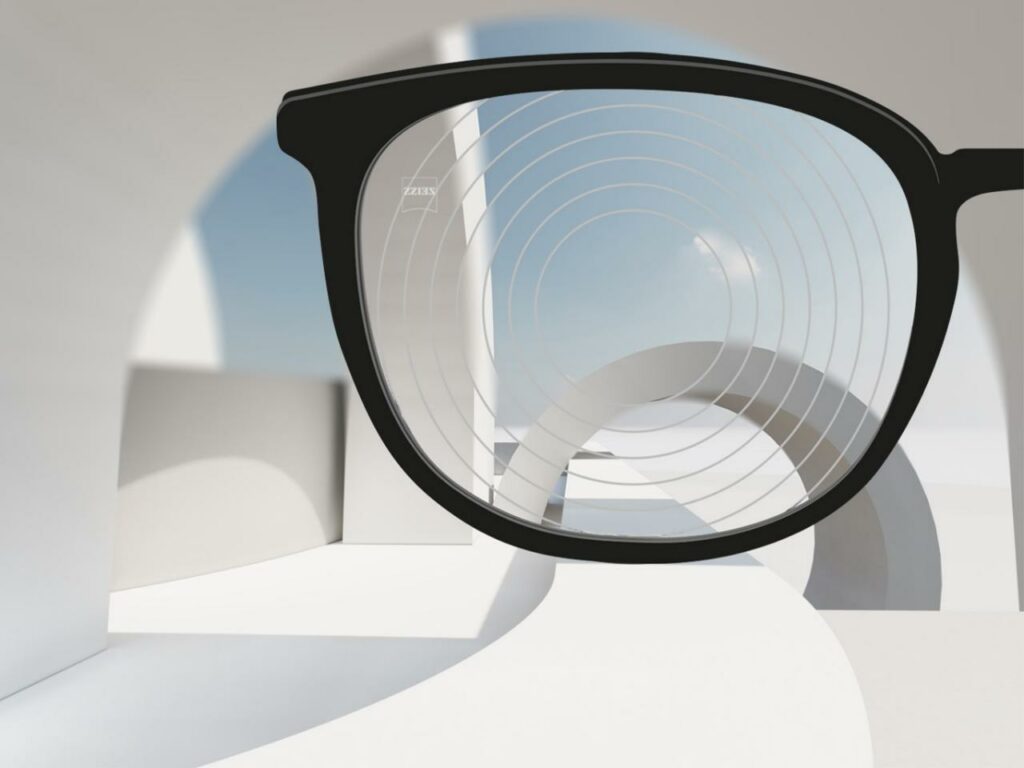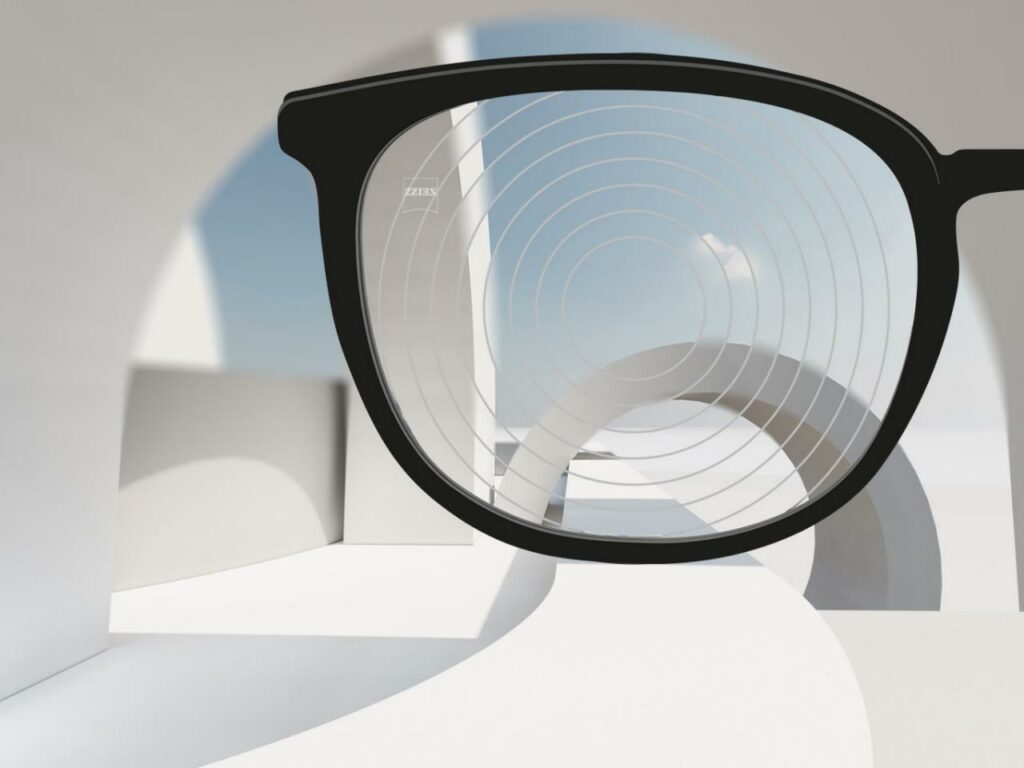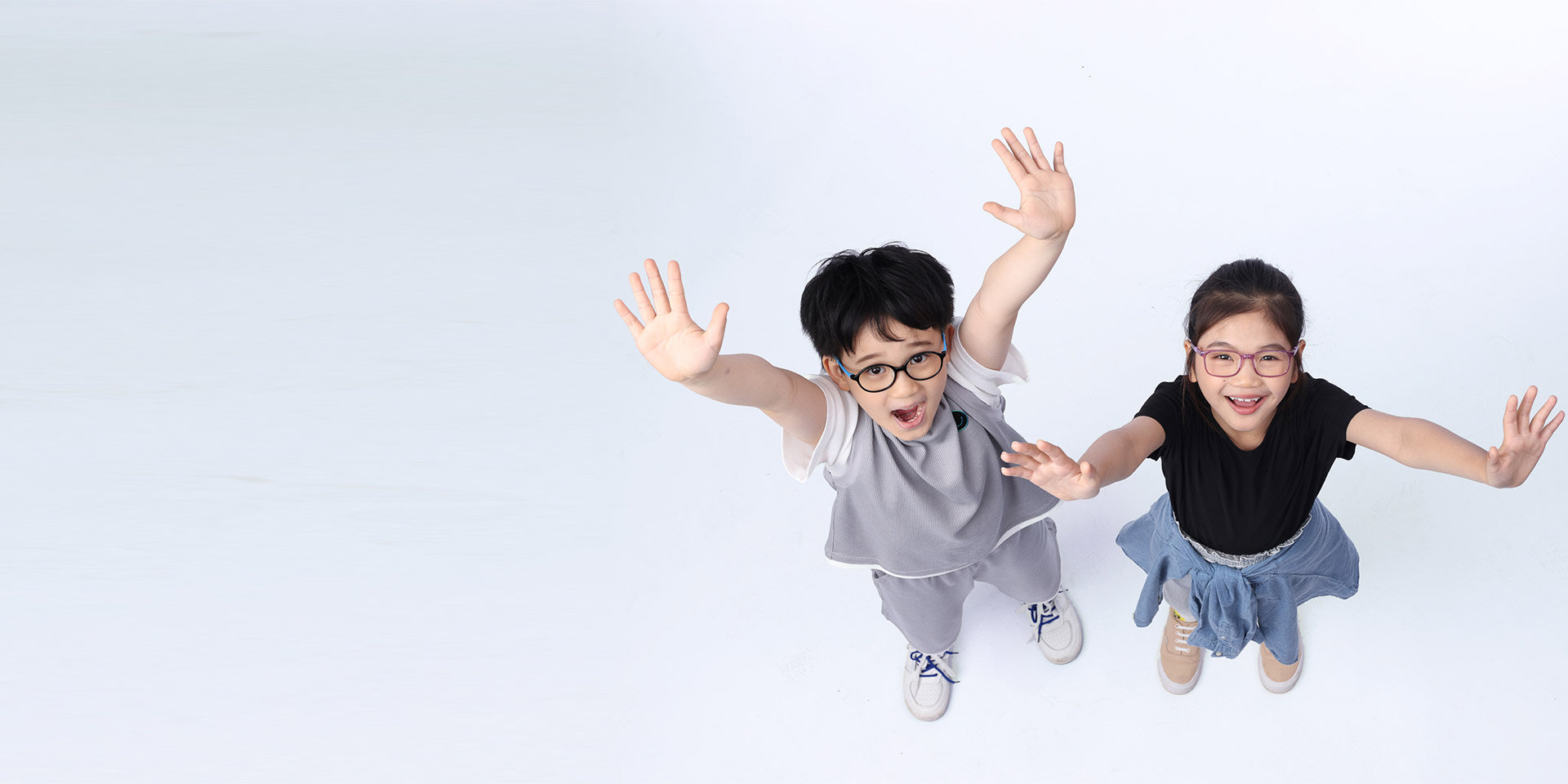1. Holden BA, Fricke TR, Wilson DA, Jong M, Naidoo KS, Sankaridurg P, Wong TY, Naduvilath TJ, Resnikoff S, Global Prevalence of Myopia and High Myopia and Temporal Trends from 2000 through 2050, Ophthalmology. 2016;123(5):1036–1042.
2. Chen M, Wu A, Zhang L, et al. The increasing prevalence of myopia and high myopia among high school students in Fenghua city, eastern China: a 15-year population-based survey. BMC Ophthalmol. 2018;18(1):159. doi: 10.1186/s12886-018-0829-8.
3. Xiong S, Sankaridurg P, Naduvilath T, Zang J, Zou H, Zhu J, Lv M, He X, Xu X. Time spent in outdoor activities in relation to myopia prevention and control: a meta-analysis and systematic review. Acta Ophthalmol. 2017; 9 5 ( 6 ):551- 5 6 6 . d o i: 10 .1111/ a o s .13 4 0 3.
4. Two-year prospective, double-blind, randomized controlled clinical trial lead by Wenzhou Medical University Eye Hospital, China, 2021, on 78 myopic children wearing ZEISS MyoCare Rx lenses, 72 myopic children wearing ZEISS MyoCare S Rx lenses and 76 myopic children wearing ZEISS Single Vision lenses for 12 months. Unpublished results.




